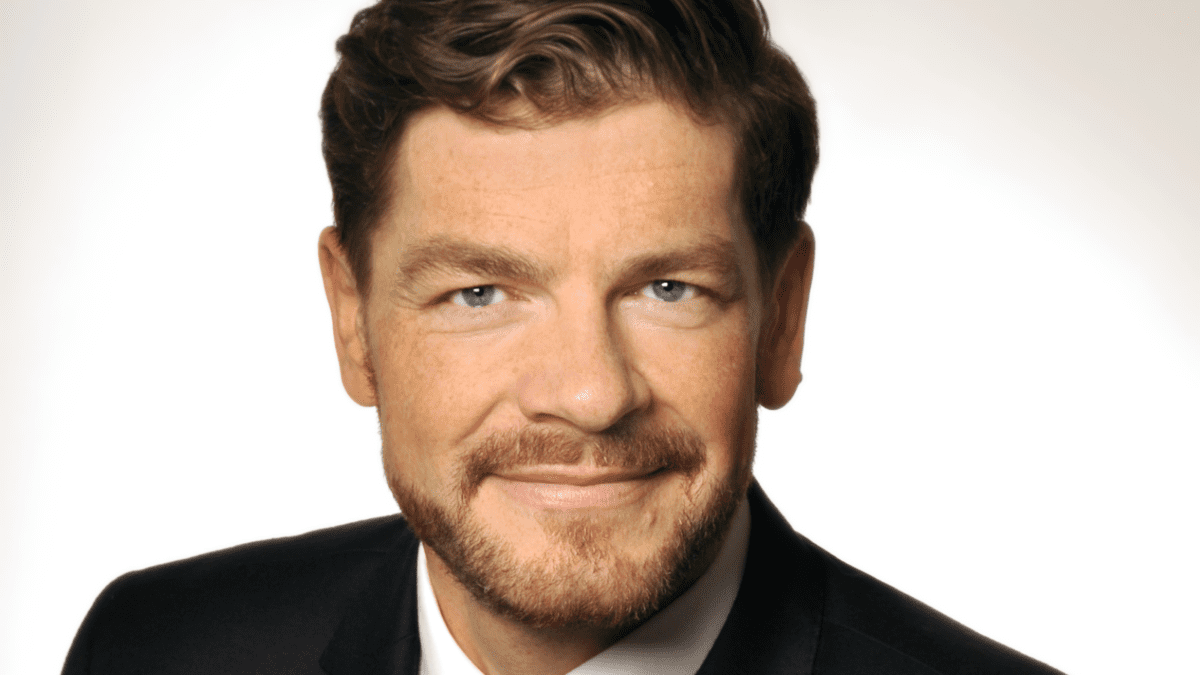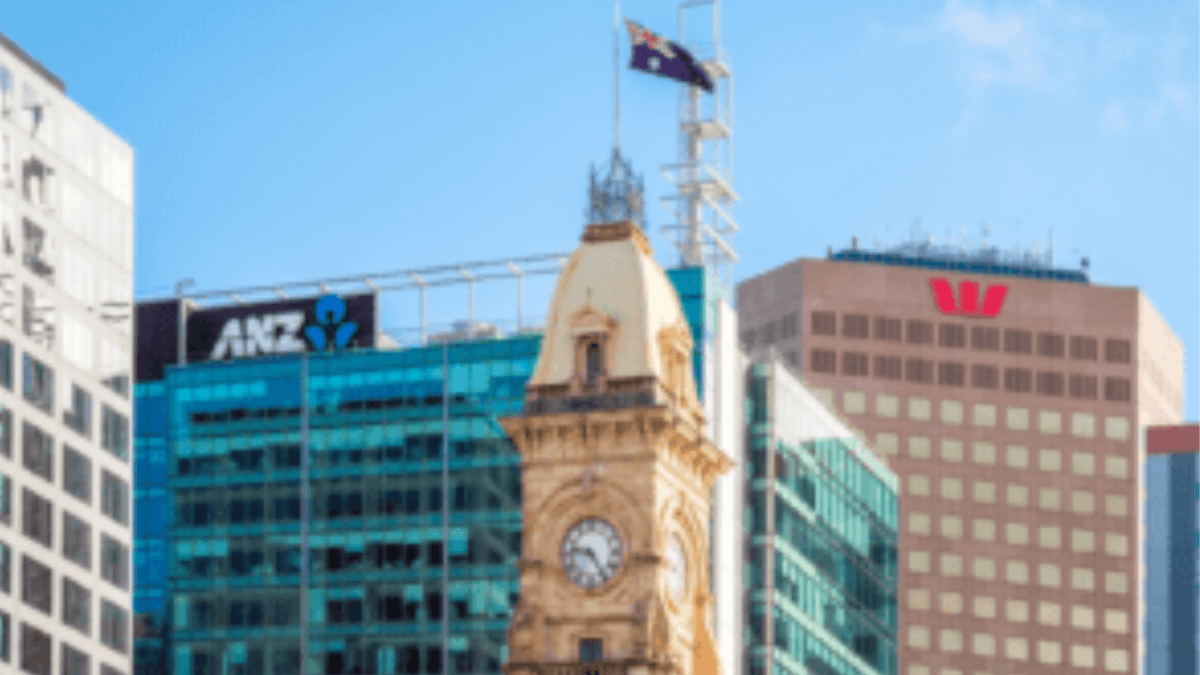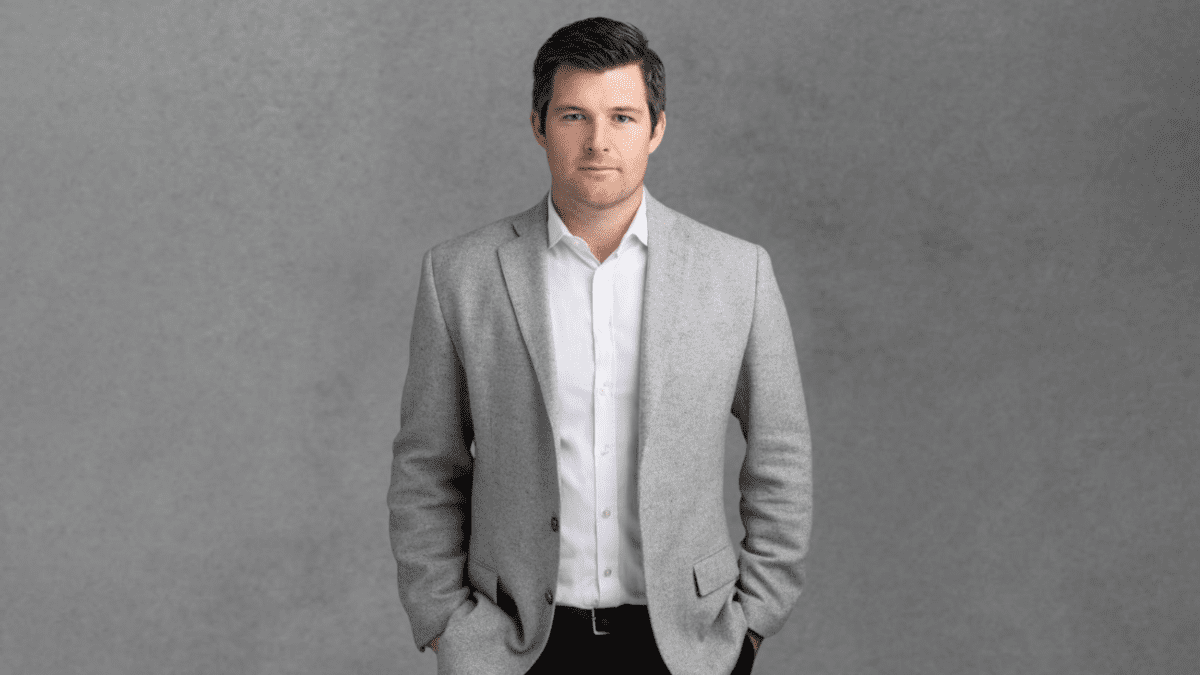Aussie Fund Managers feel the heat as outflows mount
It’s been tough sailing for the listed Australian fund managers recently.
In the latest quarterly data for FY22, both Perpetual (ASX: PPT) and Pendal Group (ASX: PDL) recorded fund outflows of $4.0 billion. Magellan (ASX: MFG) lost $5.2 billion while US$11.9 billion exited Janus Henderson (ASX: JHG).
GQG Partners (ASX: GQG) was the one shining light, beating its benchmark and subsequently recording inflows of US$2.8 billion. Unfortunately, the strong performance hasn’t deterred markets from marking down its value, with GQG’s share price down 27 per cent since its December IPO. Peers are down on average 28 per cent in 2022.
Soaring inflation and the rapid pace of central bank tightening are keeping investors at bay due to concerns of further market declines. If asset prices fall, so do funds under management and associated fees derived from investors.
All five of the fund managers are trading on dividend yields upwards of 7 per cent. Historically the managers have traded around 5 per cent.
Live and die by the sword
Asset managers live and die by their fund returns, which at various stages have left a lot to be desired. Magellan is now lagging behind its benchmark after a horror two years. Over 90 per cent of Perpetual’s Australia equity strategies have outperformed over three years. However, zoom further out and the performance is less impressive.
In defence of active managers, the past two years have been no walk in the park. Unprecedented government stimulus and central bank intervention has distorted markets. In fact, interest rate declines since 2009 have spurred asset inflation as investors search for returns.
Unfortunately, clients care little about market gyrations and focus purely on performance. If the manager isn’t beating the index, most will simply adopt a passive approach or switch managers.
Rising talent costs
Competition for talent has always been fierce. But with asset manager share prices falling, equity incentives are less attractive to employees. To retain staff, companies will need to increase fixed remuneration and bonuses.
Also, the opportunity for a top portfolio manager to set up his or her own shop has never been easier with the likes of Pinnacle Investment Management (ASX: PNI) providing the required support and distribution capabilities.
Out with the old and in with the new
The emergence of exchange-traded funds continues to take flows away from active managers. According to Vanguard, $22 billion poured into listed ETFs over the past 12 months. Some will flow into active ETF strategies, but the vast majority will be going to passive mandates.
This also signals the pressure active managers will come under to justify fees. Underperforming strategies will face a decision between losing mandates or cutting fees to incentivise clients to stick around.
Moreover, large-cap and global equity funds are not the scarce products they were ten years ago. To differentiate themselves, managers are increasingly moving toward ESG, small-cap or developing market funds.
But strategies are generally constrained by asset management limits. It’s very difficult to manage more than a $500 million domestic microcap strategy without running into liquidity and trading volume obstacles.
To keep the fees rolling in, asset managers have been purchasing other shops. Magellan purchased Airlie in 2018. More recently Pendal bought Thompson, Siegel & Walmsley in April.
Now Perpetual and Pendal are engaged in talks to bring the two entities together. A bigger manager will benefit from back office synergies and scale advantages. But it will also lead to cultural problems. Who will be the CIO? What is the structure of the management team? Funds management is notoriously competitive whether inside or outside of the office. And it doesn’t necessarily fix the outflow problem.
Funds management has never been an easy industry to succeed in. Nevertheless, fires are raging on multiple fronts and there seems no easy solution to stem outflows.









